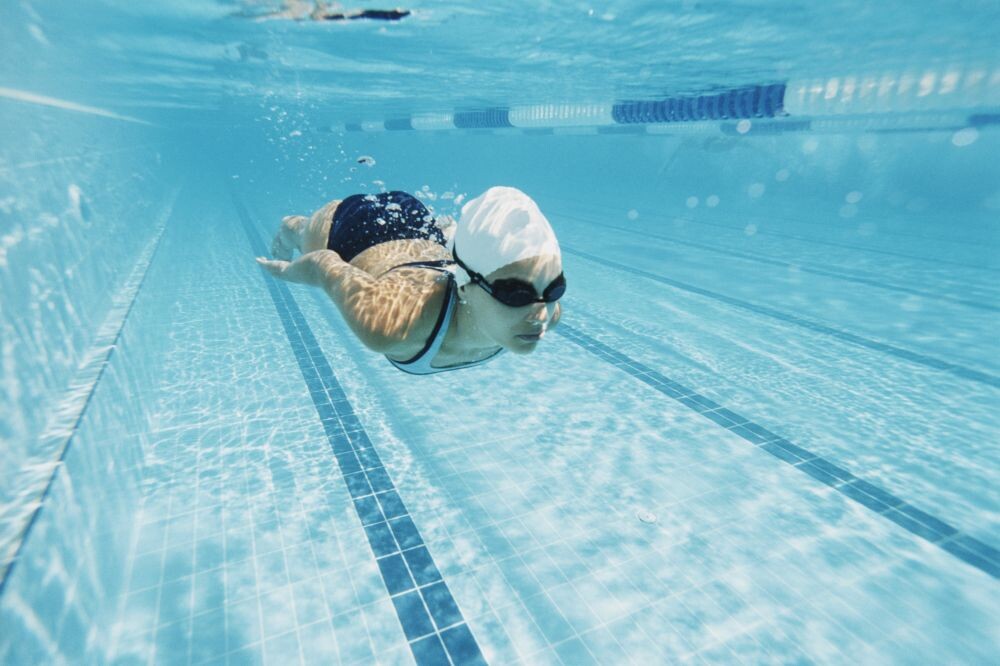Running News Daily
Running News Daily is edited by Bob Anderson. Send your news items to bob@mybestruns.com Advertising opportunities available. Train the Kenyan Way at KATA Kenya and Portugal owned and operated by Bob Anderson. Be sure to catch our movie A Long Run the movie KATA Running Camps and KATA Potato Farms - 31 now open in Kenya! https://kata.ke/
Index to Daily Posts · Sign Up For Updates · Run The World Feed
How to use time off to make you a stronger and faster runner
New Brunswick-based coach Stephen Andersen explains how to use time off to make you a stronger, faster runner.
The fall racing season is coming to a close, and if you’re not already there, the off season is at your doorstep. Whether you appreciate taking some time off training or you loathe getting out of your regular running routine, one thing is certain: downtime is an important part of your training plan. We spoke with coach and agent Stephen Andersen of Fredericton, who explained how runners can maximize their downtime so they come back healthier and stronger for their next training block.
For starters, Andersen doesn’t like the term “off-season:” “Running is a year-round sport, despite the sometimes crummy weather we get in Canada,” he says. “Instead, I like to frame it as taking downtime.”

This downtime, he says, should usually follow a big goal race or tough training block. For example, he says it’s important to take some time off after a marathon, because it allows your body to rest and recover. He adds that taking some downtime can also help your body absorb your previous block of training, so you can return to running feeling rested and ready to work hard. It also helps to mentally reset and prepare for your next goal.
How long should your downtime be?

This, Andersen says, will vary from runner to runner, and will depend on several factors, including what kind of race you’re training for, what your cross-training is like and how your body is feeling. “It is very contextual and individualistic,” he says. “For some people, one week of downtime is plenty. Others need a couple of weeks to a month of downtime before ramping back up into training.”
He notes that even two-time Olympic champion and former world record-holder Eluid Kipchoge takes it easy for about a month following a big goal marathon.
Should you run during your downtime?
Again, this depends. Andersen says the important thing is that runners keep moving during their downtime, since not moving can lead to tendon issues and other injuries when you start running again. Being too sedentary during downtime is one of the biggest mistakes he sees runners make.
“It will shock the system when you return to run,” he says. “Think of a gas fireplace. You leave the pilot on for most of the year, so when you need to turn up the heat, you are able to do it seamlessly and quickly, usually with no issues.” Turning that pilot off for too long, on the other hand, can lead to trouble.
He encourages runners to incorporate cross-training to maintain some base fitness during their downtime, such as cycling, pool running, swimming, cross-country skiing or using the elliptical. “This takes some of the impacts off the body, but also ensures you are keeping your muscles and tendons active, so there isn’t a shock when you return to running,” he says.
This doesn’t mean you can’t do any running at all during your downtime. If you’re taking more than one week off training, Andersen says you can incorporate one or two short, easy runs per week to keep your body used to the impact of running. “If someone is taking three weeks of downtime, the first week off I may suggest running once, the second week two or three times, and the third, three or four runs, with some easy elliptical and biking mixed in during each of those weeks,” he says.
You can also try participating in other sports during your downtime, which can help you develop skills that will make you a better runner, such as explosiveness, mobility and stability. Just be careful that you don’t get injured playing a different sport if you have a big running goal on the horizon.
The bottom line
Taking downtime to allow your body to rest and recover is an important part of your training plan and shouldn’t be neglected. As long as you continue moving and then return to running gradually so your body has time to adjust, a little time off will make you a better runner.
by Brittany Hambleton
Login to leave a comment




